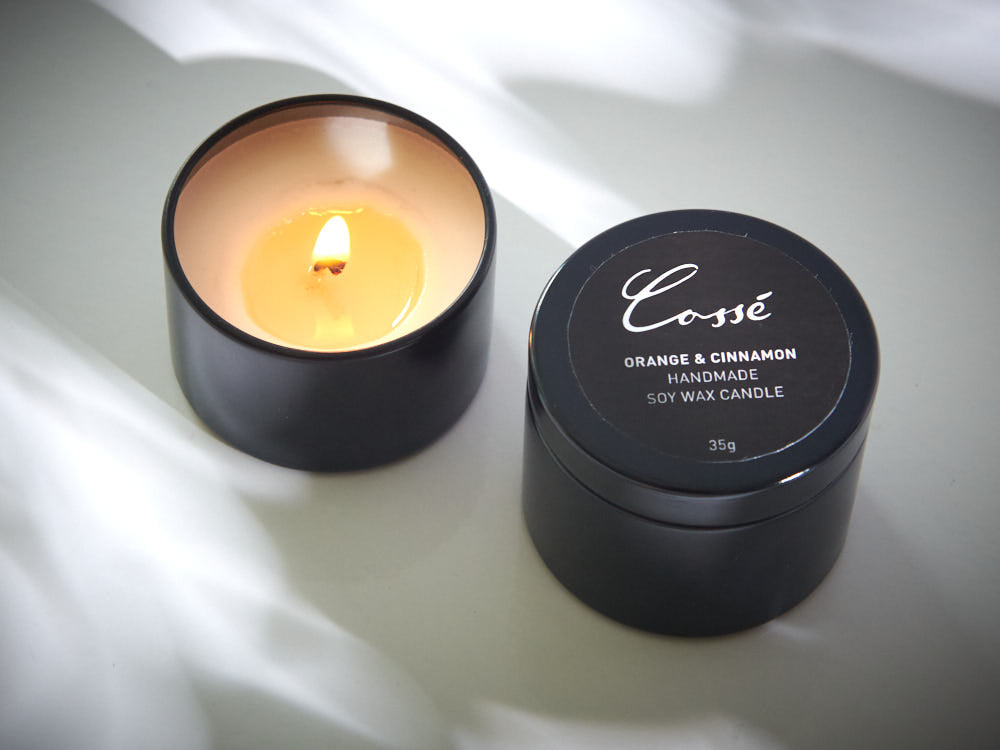Change Your Home with Eco-Friendly Soy Candles and Home Fragrance
From Wick to Wax: Recognizing the Chemistry Behind Soy Wax Candles and Their Ecological Influence
As we brighten our rooms with the cozy radiance of candle lights, there lies a world of elaborate chemistry behind the relatively simple act of lighting a soy wax candle light. The selection between soy and paraffin wax extends beyond plain visual appeals, diving into the realm of ecological impact and the extremely make-up of the materials. Recognizing the molecular structure of soy wax and its combustion procedure sheds light on the discharges launched into our surroundings. Join us as we unwind the clinical ins and outs behind soy wax candle lights and explore their ramifications on our environment.
Soy Wax Vs. Paraffin Wax
When contrasting soy wax and paraffin wax for candle light production, it is vital to comprehend the distinctive qualities and benefits of each material. Soy wax is an all-natural, sustainable source originated from soybean oil, making it eco-friendly and biodegradable - home fragrance. In contrast, paraffin wax is a by-product of petroleum refining, which increases issues regarding its environmental effect and sustainability
Soy wax candles burn cleaner and give off less soot compared to paraffin wax candle lights, making them a much healthier option for interior air high quality. Additionally, soy wax has a lower melting factor, enabling a longer-lasting candle light that spreads fragrance much more efficiently. Paraffin wax, on the other hand, tends to burn faster and much less cleanly, potentially launching unsafe chemicals right into the air.
From a sustainability viewpoint, soy wax is preferred for its biodegradability and sustainable sourcing, aligning with the expanding consumer preference for eco mindful products. While paraffin wax has actually been a standard option in candle making as a result of its cost and convenience of usage, the change towards eco-friendly choices like soy wax is getting momentum in the industry.
Chemical Structure of Soy Wax

Combustion Process in Soy Candles
The chemical make-up of soy wax directly influences the combustion procedure in soy candle lights, impacting variables such as shed time, aroma launch, and environmental effect. When a soy candle light is lit, the warm from the fire thaws the wax near the wick.
The burning efficiency of soy candle lights is influenced by the pureness of the soy wax and the quality of the wick. A clean-burning soy candle with a correctly sized wick will certainly generate a stable fire and minimize residue formation. This not only extends the melt time of the candle light yet likewise enhances the launch of scents. Additionally, soy wax candle lights have a lower have a peek at this site ecological effect compared to paraffin candle lights because of their biodegradable and renewable nature.
:max_bytes(150000):strip_icc()/SPR-types-of-Candle-Wax-5323778-hero-e4277e76885049a28707749d892fe592.jpg)
Environmental Advantages of Soy Wax

Thought about a sustainable alternative to traditional paraffin wax, soy wax provides noteworthy ecological advantages that make it a prominent choice amongst eco-conscious consumers. One considerable advantage of soy wax is its sustainable sourcing. Soy wax is stemmed from soybean oil, which is primarily cultivated in the United States. The cultivation of soybeans helps support neighborhood farmers and lowers the dependence on non-renewable nonrenewable fuel sources made use of in paraffin wax manufacturing. Furthermore, soy wax is naturally degradable, implying it breaks down normally without releasing unsafe contaminants into the environment. This particular makes soy wax candle lights a much more eco-friendly alternative compared to paraffin wax candle lights, which are made from petroleum, a non-renewable resource. In addition, soy wax burns cleaner and generates much less soot than paraffin wax, contributing to far better indoor air quality and lowering the need for cleansing and maintenance. On the whole, the environmental benefits of soy wax line up with the expanding need for environment-friendly and sustainable products in the marketplace.
Recycling and Disposal Considerations
Reusing and proper disposal of soy wax candles play a crucial function in keeping ecological sustainability and decreasing waste in communities and homes. The very first action is to make certain that the candle light has actually melted entirely when it comes to recycling soy wax candle lights. This can be attained by permitting the candle light to melt up until the wick is no more usable, and after that allowing the continuing to be wax cool and strengthen. As soon as the wax has actually strengthened, it can be carefully gotten rid of from the container.

In regards to disposal, if recycling is not an alternative, soy wax candles are naturally degradable and can be safely gotten rid of in many home waste systems. It is always advised to inspect with local reusing centers or news waste monitoring solutions for particular standards on candle disposal to make sure proper handling and ecological security.
Conclusion
In verdict, the chemistry behind soy wax candles discloses their ecological advantages over paraffin wax candle lights. Soy wax, originated from soybean oil, burns cleaner and generates much less soot when compared to paraffin wax. The burning process in soy candle lights is extra efficient, leading to a longer and much more also melt. In addition, soy wax is naturally degradable and his explanation renewable, making it a much more sustainable option for candle light production. Reusing and proper disposal of soy wax candle lights even more add to their environmental effect.
When comparing soy wax and paraffin wax for candle making, it is crucial to comprehend the distinctive features and advantages of each material (candles).Soy wax candles shed cleaner and emit less residue contrasted to paraffin wax candles, making them a healthier choice for interior air quality.Thought about a lasting choice to conventional paraffin wax, soy wax uses remarkable ecological advantages that make it a popular choice among eco-conscious consumers. Soy wax burns cleaner and produces much less residue than paraffin wax, adding to far better interior air high quality and reducing the need for cleaning and upkeep.In conclusion, the chemistry behind soy wax candle lights discloses their ecological benefits over paraffin wax candles